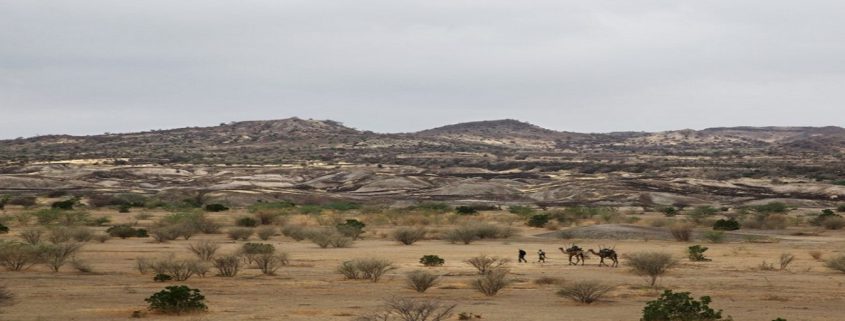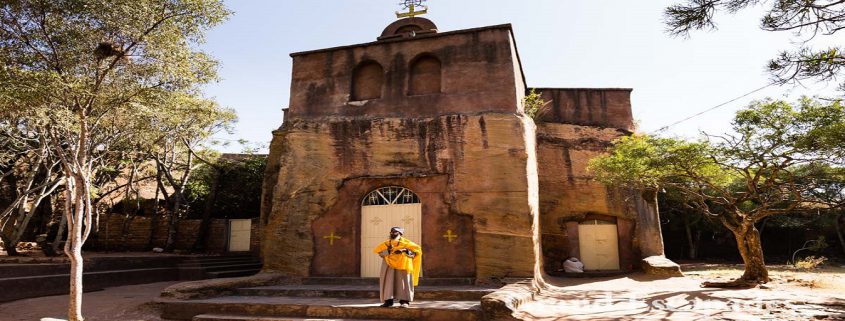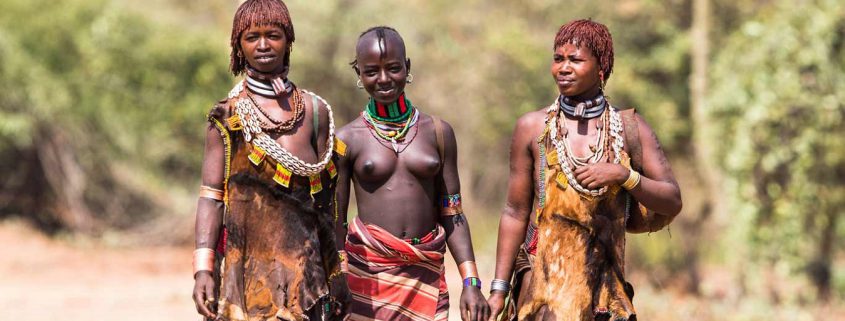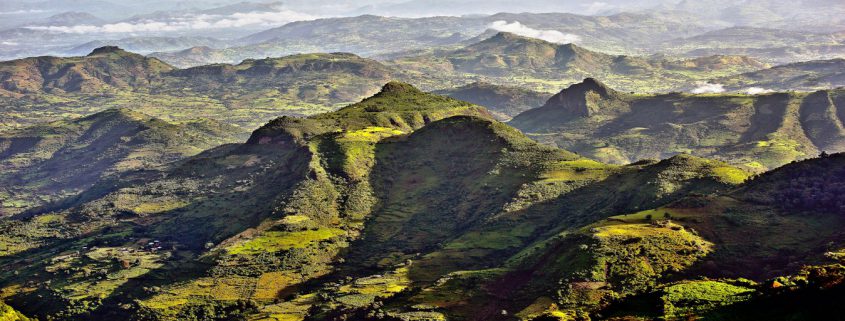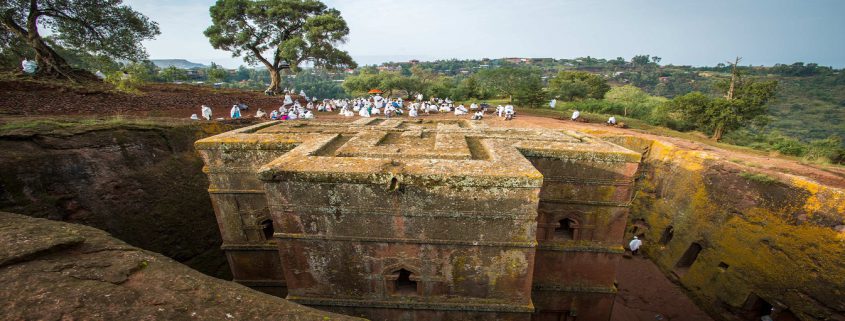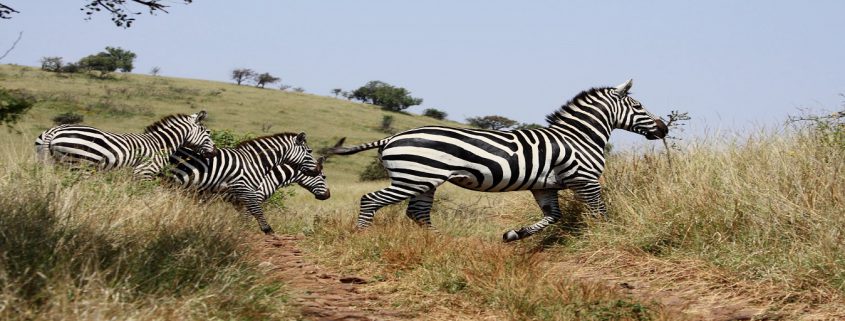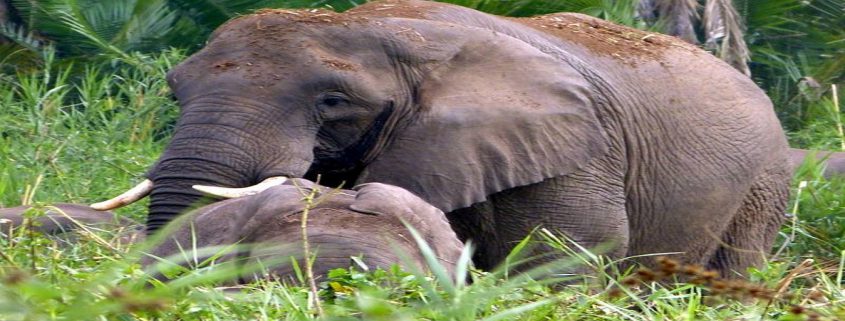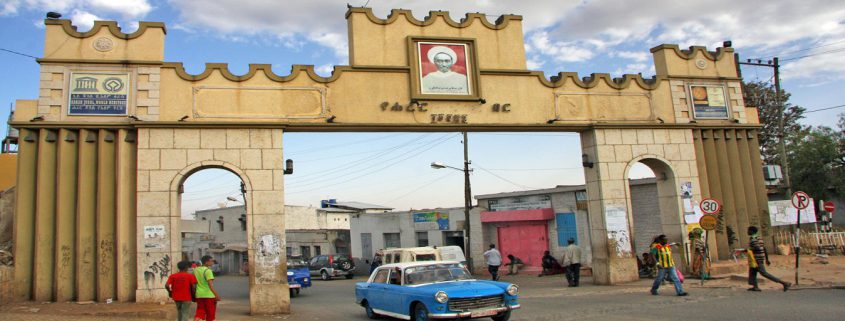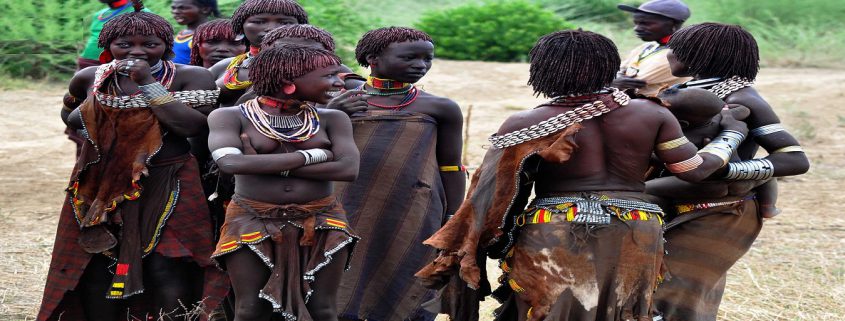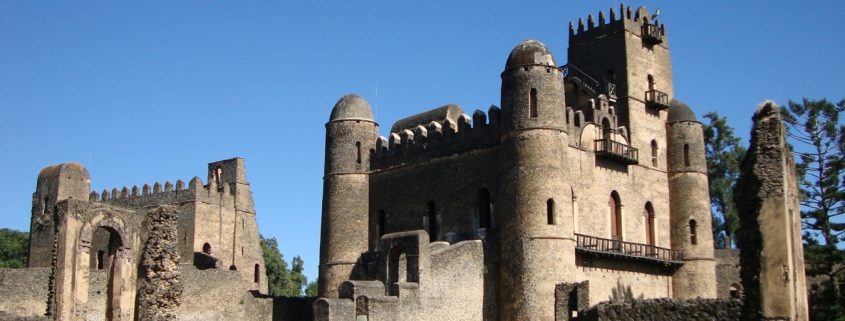Lalibela, a medieval settlement in the Lasta area of Wello, lies
at the centre of an extensive complex of rock churches. Lalibela has 11
remarkable rock-hewn monolithic, semi-monolithic and cave built
churches, built by one of the Zagwe Dynasty rulers, King Lalibela in the
late 12th . These notable structures are carved, inside and out, out of
one solid rock.–After the decline of the Axumite empire, lamenting
their lost grandeur, Ethiopias rulers retreated with their Christian
subjects to the lofty escarpment of the central uplands. There,
protected by mountain battlements more formidable than anything the hand
of man could fashion, they were able to repel an increasingly
expansionist and militant Islam trapping and confusing their enemies in
the precipitous maze of valleys that intersects the high plateau.
–Inevitably, a fortress mentality took root: an intense suspicion of the
motives of strangers, a hatred of intrusion and interference, a
protective secrecy. During this period roughly from the seventh to the
sixteenth centuries AD – the Ethiopians, encompassed by the enemies of
their religion, were described by the British historian Edward Gibbon as
having slept for near a thousand years, forgetful of the world by whom
they were forgotten. It is true, moreover, that in holding back those
who sought to destroy their faith, the highlanders also effectively cut
themselves off from the evolving mainstream of Christian culture. This
is the only sense, however, in which they slept. Their unique,
idiosyncratic civilization was otherwise very much awake – a singular
and spirited affirmation of the creative power of the human intellect.
–Many improvisations were so vital, so uplifting, that they have endured
to the present day as living expressions of the central and lasting
values of Christian Ethiopian culture. Paramount among these priceless
legacies, like a great heart beating out an ancient but powerful pulse,
is the monastic settlement of Lalibela on a natural 2,600-metre rock
terrace surrounded on all sides by rugged and forbidding mountains in
the northern extreme of the modern province of Wollo.–Once the thriving
and populous capital city of a medieval dynasty, the passing centuries
have reduced Lalibela to a village. From the road below, it remains
little more than invisible against a horizon dominated by the
4,200-metre peak of Mount Abuna Joseph. –It is this camouflaged,
chameleon quality, however, that gives the remote settlement its special
and lasting place in the life of the highlands – for there, some 800
years ago, safe from the prying eyes and plundering hands of hostile
interlopers, a noble king fashioned a secret marvel. –Lalibela,
previously known as Roha, is named after the king. The word itself,
which translates to mean the bees, recognizes his sovereignty and the
people of the region still recount the legend that explains why.
King Lalibela’s goal was to create a New Jerusalem
for those who could not make a pilgrimage to the Holy Land. According to
some reports, he had been to the Holy Land himself and was inspired by
what he saw. But the king made no attempt to copy the churches of the
Holy Land; in fact, Lalibela’s sacred architecture could not be more
unique.
The churches of Lalibela were not constructed – they were excavated.
Each church was created by first carving out a wide trench on all four
sides of the rock, then painstakingly chiseling out the interior. The
largest church is 40 feet high, and the labor required to complete such a
task with only hammers and chisels is astounding.
Popular legend has it that angels came every night to pick up where the workmen had left off.
King Lalibela’s project for gaining the church’s favor had two
unexpected results: the creation of a holy place of unparalleled beauty
and the king’s conversion to a religious life. After
laboring for more than two decades , he abdicated his throne to become a
hermit, living in a cave and eating only roots and vegetables. To this
day, Ethiopian Christians regard King Lalibela as one of their greatest
saints.
The churches have been in continuous use since they were built in the 12th century.
The roofs of the Lalibela churches are level with the ground and are
reached by stairs descending into narrow trenches. The churches are
connected by tunnels and walkways and stretch across sheer drops. The
interior pillars of the churches have been worn smooth by the hands of
supplicating worshippers.
The rock-cut churches are simply but beautifully carved with such features as fragile-looking windows, moldings of various shapes and sizes, different forms of crosses, swastikas (an Eastern religious motif) and even Islamic traceries. Several churches also have wall paintings.
Each church has its own resident monk who appears in
the doorway in colorful brocade robes. Holding one of the church’s
elaborate processional crosses, usually made of silver, and sometimes a
prayer staff.
There are 11 rock-cut churches at Lalibela, the most spectacular of which is Bet Giorgis (St. George’s).
Located on the western side of the cluster of churches, it is cut 40
feet down and its roof forms the shape of a Greek cross. It is a
magnificent culmination of Lalibela’s plans to build a New Jerusalem,
with its perfect dimensions and geometrical precision.
Unlike some of the other churches, St. George’s is plain inside.
In the “Northern Group” across the main road from St. George, the most notable church is Beta Medhane Alem, home to the Lalibela Cross and believed to be the largest monolithic church in the world.
Bete Medhane Alem is linked by walkways and tunnels to Beta Maryam (St. Mary’s),
possibly the oldest of the churches. In the east wall of the church is
an array of geometric carved windows in a vertical line. From the bottom
up is: a Maltese cross in a square; a semi-circle shape like that on
the Axum stelae; a Latin cross; and a simple square window.
The windows illuminate the Holy of Holies in which the church’s copy
of the Ark is placed. Other decorations include a Star of David combined
with a Maltese cross, a Sun with a smiling human face flanked by
eight-spoked wheels, Mary on a donkey accompanied by Joseph, and an
Annunciation.
Next to Beta Maryam is Beta Golgotha, known for its
artwork which includes life-sized carvings of saints on the walls. It is
also home to the tomb of King Lalibela, over which stands a gold-draped
Ark. The Western group is completed by the Selassie Chapel and the Tomb of Adam.

